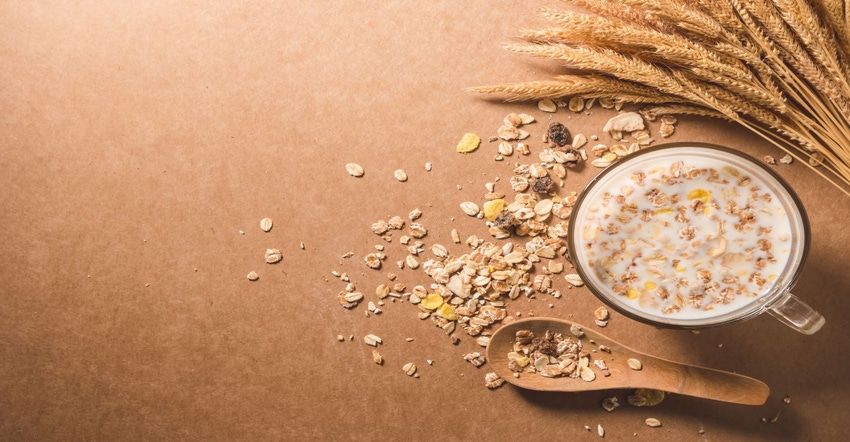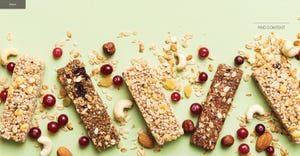A new study published in JAMA Network Open suggests not all fiber is created equal when it comes to lowering the risk of cardiovascular disease (CVD) and inflammation.

Researchers at Columbia University Mailman School of Public Health found cereal fiber, not fruit or vegetable fiber, was consistently associated with lower inflammation and lower CVD incidence in older adults (2022;5[3]:e225012). The researchers noted that until now, there had been limited data on the link between fiber and inflammation among older adults, who have higher levels of inflammation compared with younger adults.
For the study, researchers examined data from a large and well-characterized prospective cohort of elderly individuals, with detailed data on dietary intake, inflammation and incidence of CVD. The research confirmed previously observed associations between dietary fiber and CVD and extended those investigations to include the source of the fiber, the relationship of fiber with multiple inflammatory markers, and to test whether inflammation mediated the relationship between dietary fiber and CVD.
Of the 4,125 adults enrolled in the Cardiovascular Health Study from 1989 to 1990, participants received a food frequency questionnaire that was administered to those without prevalent CVD at enrollment and then were followed up visits for development CVD (stroke, myocardial infarction, atherosclerotic cardiovascular death) through June 2015. Blood samples were assessed for markers of inflammation
“Higher intakes of dietary fiber is associated with lower CVD risk. A common hypothesis has been that higher fiber intakes reduce inflammation, subsequently leading to lower CVD risk,” wrote Rupak Shivakoti, Ph.D., assistant professor of epidemiology at Columbia Mailman School. “With findings from this study, we are now learning that one particular type of dietary fiber—cereal fiber—but not fruit or vegetable fiber was associated with lower inflammation. With findings from this study, we now are learning that cereal fiber has the potential to reduce inflammation and will need to be tested in future interventional studies.”
Although there are data to suggest fiber, in general, might have anti-inflammatory effects by improving gut function, modifying diet and satiety, and improving lipid and glucose profile metabolism, why cereal fiber but not vegetable or fruit fiber is associated with lower inflammation is not clear and warrants further investigation, Shivakoti said. He also noted it is not clear whether cereal fiber per se or other nutrients in foods rich in cereal fiber are driving the observed relationships.
“Additionally, we learned that inflammation had only a modest role in mediating the observed inverse association between cereal fiber and CVD,” Shivakoti wrote. “This suggests that factors other than inflammation may play a larger role in the cereal fiber–associated reduction in CVD and will need to be tested in future interventions of specific populations.”
About the Author(s)
You May Also Like






